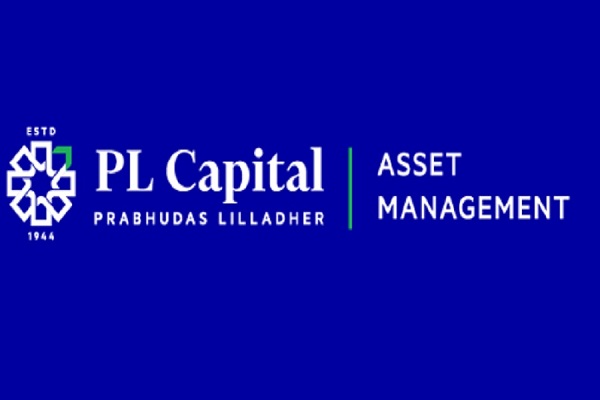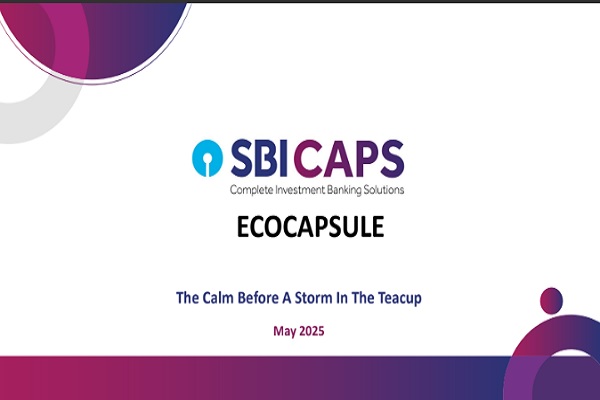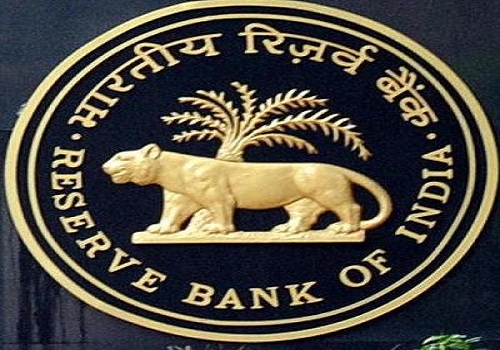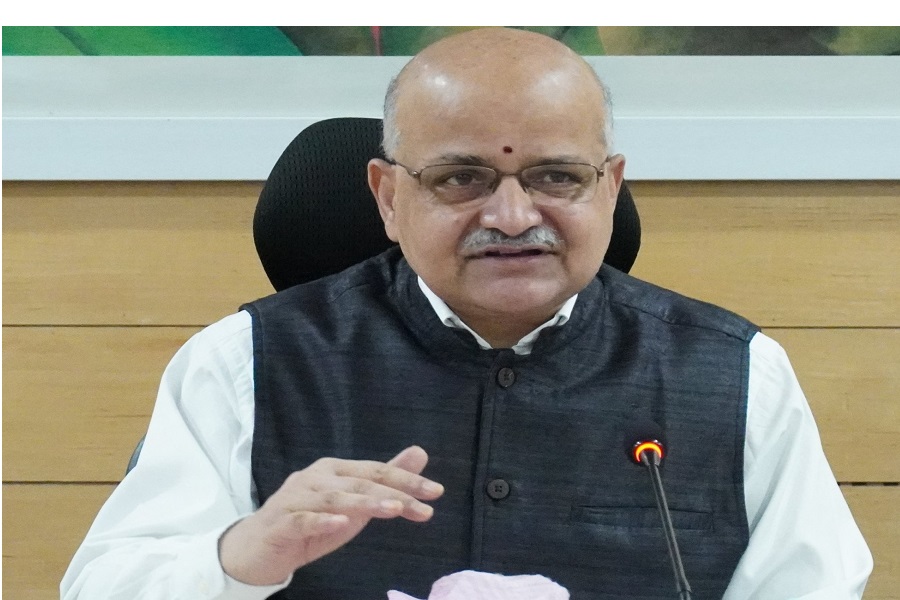Morth`s New NH Guidelines: Balancing Progress with Pitfalls by CareEdge Rating
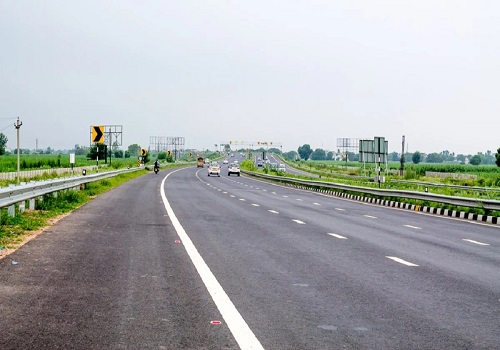
Synopsis
The road sector in India has been grappling with intensified competition and execution challenges, which has also led to moderation in the road construction pace of National Highways. To address these issues Ministry of Road Transport and Highways (MoRTH) has issued circulars for changes in
* Additional Performance Security (APS) for bidders having an abnormally low bid price and
* Synchronisation of Project approval, award, and appointed date declaration with milestones for land acquisition, as well as environment, forest & wildlife clearances
MoRTH has modified the terms of the APS requirement for bids below authority cost to curb bidding aggression in the roads sector. Reducing the threshold requirement of APS from bids below 20% of the authority cost to 10% below authority cost, along with removing the cap of 3% of BPC for APS are welcome moves towards tightening of concession terms. Nevertheless, CareEdge Ratings expects that stringent norms for APS on their own, may not be sufficient to curb the intense competition in the roads sector meaningfully. At the same time, availability of 90% of the Right of Way (RoW) as per section 3G (finalisation of compensation amount for land acquisition) and requisite clearances at the time of awarding of the project are expected to minimize delays in the declaration of the appointed date and accelerate the pace of construction.
A. Changes in Additional Performance Security (APS) for bidders having an abnormally low bid price
The change in the APS follows intensive bidding, which results in a low premium or discount over authority cost. It is a step towards curbing the high competition in the industry.
Table 1: Key parameters: Previous vs. Revised APS

Impact analysis of the revised APS framework:
Below is the illustrative impact of revised APS under a few scenarios. Assuming the authority cost to be Rs 1000 crore:
Table 2: APS amount under previous Vs revised circular

1. Removal of cap for APS- step in the right direction: Previously, APS was capped at 3% of BPC, resulting in lower APS for BPC bid out at a discount beyond 30% to authority cost. For example, a bid of Rs 650 crore against an authority cost of Rs 1000 crore required Rs 19.5 crore APS, but a Rs 500 crore bid required Rs 15 crore APS due to the cap. The new circular removes this cap, making APS directly proportional to the bid deviation. This means lower bids now incur higher APS, addressing the loopholes of the earlier framework and taking a step in the right direction.
2. CareEdge Ratings expects the increase in APS to have limited effectiveness in curbing bidding aggression due to the following reasons:
a) Modest financial impact on sponsors: Under the revised APS norms, the financial impact on sponsors remains modest. For instance, a bid 50% below the authority cost of Rs 1000 crore (i.e., a BPC of Rs 500 crore) would now require an additional APS of Rs 20 crore, i.e., 4% of the BPC— a minor increase but unlikely to curb bidding aggression for sponsors. Even in case of sponsors securing multiple projects with aggregate BPC of Rs.2500 crore at an average discount of 50%, additional non-fund-based limits requirement shall be only Rs.100 crore.
b) Increased non-fund-based requirements partly mitigated by freed-up BG limits: National Highway (NH) project awarding activity declined 30% in FY24 and stayed muted in 11MFY25 (4,874 km vs. 4,872 km), with many projects awaiting appointed dates. CARE Edge Ratings had reported a drop in orderbook-to-income ratio from 2.78x in FY22 to 2.15x in FY24 (as cited in, “INR 1 trillion NH HAM Projects Facing Severe Delays –Impacts Construction Pace”, dated February 07, 2025), indicating contraction in executable orderbook. All these factors have led to the freeing up of BG limits for sponsors across categories. Furthermore, large sponsors continue to access nil-margin or low-margin PBGs, thereby reducing the impact of APS as a deterrent.
c) Early Release of Performance Security and APS: The performance security (3% of BPC) remains in effect for one year from the receipt of the appointed date but can be released upon the concessionaire spending 30% of the BPC on project construction. Additionally, APS will be released upon achieving Project Milestone III —i.e., completion of 75% of the project. Given the release of performance as well as additional performance securities linked to the percentage of project completion, it is unlikely to address the perceived risk in the quality of construction due to bidding aggression. It is also pertinent to mention that the APS was introduced in August 2022 to address the rising competition in the industry. However, competition has since risen, with median bidding reducing from a 5% premium in FY22 to 15% to 20% discount in FY25 (refer chart 1).
Above views are of the author and not of the website kindly read disclaimer


_Securities_(600x400).jpg)
.jpg)
.jpg)

.jpg)
.jpg)

.jpg)









